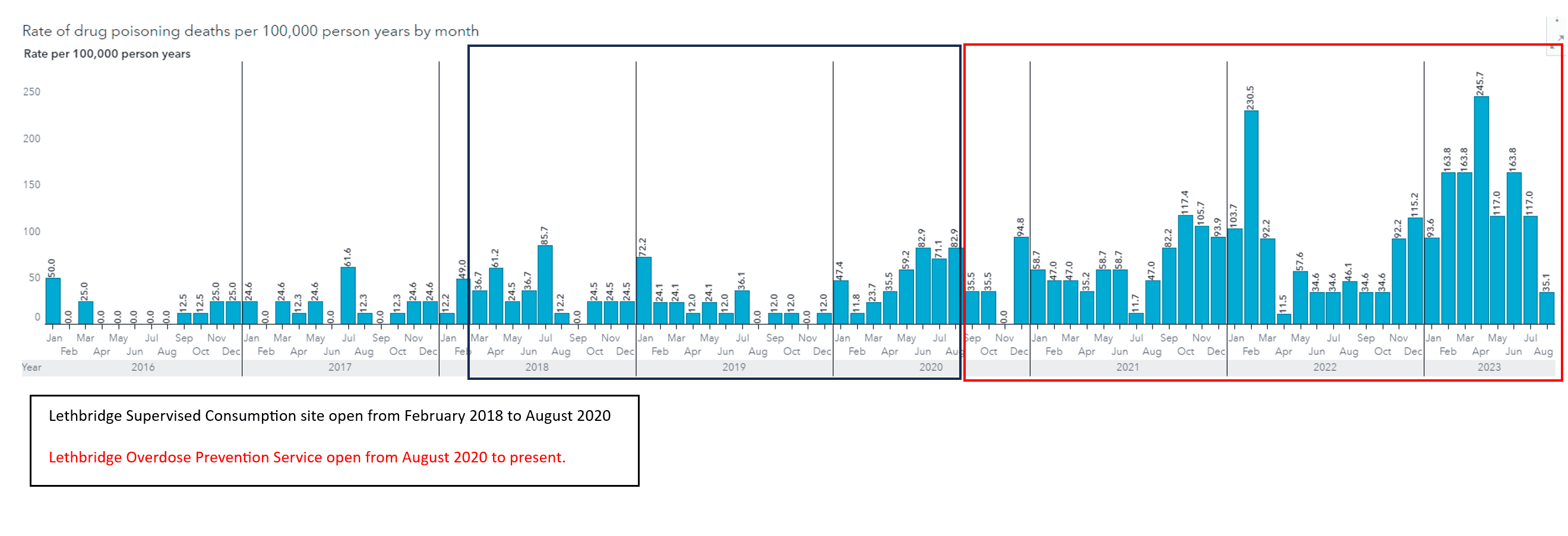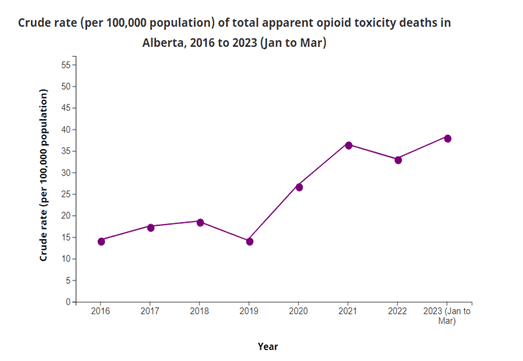[et_pb_section fb_built=”1″ _builder_version=”4.19.2″ _module_preset=”default” global_colors_info=”{}”][/et_pb_section][et_pb_section fb_built=”1″ _builder_version=”4.16″ custom_margin=”0px||0px||false|false” custom_padding=”0px||0px||false|false” global_colors_info=”{}”][et_pb_row column_structure=”3_4,1_4″ use_custom_gutter=”on” _builder_version=”4.16″ _module_preset=”default” width=”100%” custom_margin=”0px||||false|false” custom_padding=”0px||0px||false|false” border_width_bottom=”1px” border_color_bottom=”#a6c942″ global_colors_info=”{}”][et_pb_column type=”3_4″ _builder_version=”4.16″ _module_preset=”default” global_colors_info=”{}”][et_pb_post_title meta=”off” featured_image=”off” _builder_version=”4.16″ _module_preset=”default” title_font=”||||||||” custom_margin=”||3px|||” border_color_bottom=”#a6c942″ global_colors_info=”{}”][/et_pb_post_title][/et_pb_column][et_pb_column type=”1_4″ _builder_version=”4.16″ _module_preset=”default” global_colors_info=”{}”][et_pb_image src=”https://edmontonsocialplanning.ca/wp-content/uploads/2020/12/COLOUR-BLOCKS_spaced-300×51.png” title_text=”COLOUR BLOCKS_spaced” align=”center” _builder_version=”4.7.7″ _module_preset=”default” max_width=”100%” max_height=”75px” custom_margin=”0px|0px|0px|0px|false|false” custom_padding=”10px|0px|20px|0px|false|false” global_module=”96648″ global_colors_info=”{}”][/et_pb_image][/et_pb_column][/et_pb_row][et_pb_row column_structure=”3_4,1_4″ use_custom_gutter=”on” make_equal=”on” _builder_version=”4.16″ background_size=”initial” background_position=”top_left” background_repeat=”repeat” width=”100%” custom_margin=”0px|auto|0px|auto|false|false” custom_padding=”30px|0px|0px|0px|false|false” global_colors_info=”{}”][et_pb_column type=”3_4″ _builder_version=”4.16″ custom_padding=”0px|0px|0px|0px|false|false” global_colors_info=”{}” custom_padding__hover=”|||”][et_pb_text _builder_version=”4.16″ _dynamic_attributes=”content” _module_preset=”default” text_font=”|600|||||||” text_text_color=”#2b303a” custom_padding=”||32px|||” global_colors_info=”{}”]@ET-DC@eyJkeW5hbWljIjp0cnVlLCJjb250ZW50IjoicG9zdF9kYXRlIiwic2V0dGluZ3MiOnsiYmVmb3JlIjoiIiwiYWZ0ZXIiOiIiLCJkYXRlX2Zvcm1hdCI6ImRlZmF1bHQiLCJjdXN0b21fZGF0ZV9mb3JtYXQiOiIifX0=@[/et_pb_text][et_pb_text _builder_version=”4.24.0″ text_text_color=”#2b303a” text_line_height=”1.6em” header_2_font=”||||||||” header_2_text_color=”#008ac1″ header_2_font_size=”24px” background_size=”initial” background_position=”top_left” background_repeat=”repeat” text_orientation=”justified” width=”100%” module_alignment=”left” custom_margin=”0px|0px|0px|0px|false|false” custom_padding=”25px||||false|false” hover_enabled=”0″ locked=”off” global_colors_info=”{}” sticky_enabled=”0″]
Written by Myron Liew, ESPC Volunteer
Introduction
“Let’s talk”- about the corporations profiting from mental health while not meeting the bare minimum.
As the awareness of mental health struggles grows year after year, many corporations have seemingly capitalized on this phenomenon by creating mental health-related campaigns under the guise of altruism. While this is not to say that corporation-created mental health campaigns are strictly ineffectual or malicious, other intentions must be considered and evaluated. Bell Canada’s annual “Let’s Talk” mental health campaign is at the forefront of this controversy.
This post is divided into three parts: Bell Canada’s history of employee mistreatment, the corporatization of mental health, and the inadequacies of the campaign.
Bell Canada’s Rocky History
Beginning in 2011, Bell Canada promoted the “Let’s Talk” campaign as an opportunity for all to tell their struggles with mental health, reduce the negative stigma of mental health, and raise awareness of mental illnesses in Canada (Vido, 2019). The “Let’s Talk” campaign is seemingly well-intentioned in bringing the challenges and struggles of mental health to attention in all digital mediums, especially through social media with the hashtag #letstalk. There is no doubt that hundreds of thousands of Canadians suffering from mental health challenges may have benefitted from the nationwide campaign funded by Bell. Since its inception the campaign has raised more than $129 million for mental-health-related non-profit groups (Evans, 2023).
However, the irony of the campaign is that Bell Canada has been subjected to numerous allegations of toxic work culture and discrimination, which undermines the corporation’s credibility in promoting mental health support and mental illness awareness. Erica Johnson of CBC News (2017) published an article that featured testimonies from previous Bell Canada employees alleging overly harsh and stress-inducing workplace culture (Johnson, 2017). Testimonies from the employees noted that they experience severe anxiety, depression, and stress while working at Bell, forcing them to take stress leave and medical leave (Johnson, 2017). Additionally, some employees noted that they experienced stress-related physical symptoms such as weight loss, vomiting, panic attacks, and diarrhea (Johnson, 2017). This phenomenon is so widespread among Bell employees that it was termed “The Bell Effect” by physicians (Johnson, 2017). Most employees commented that the stresses came from upper management (Johnson, 2017). Employees said that concerns were repeatedly brought up to upper management, but remained ignored (Johnson, 2017). In addition, Bell Canada has come under fire for alleged discrimination in the firing of multiple employees and laying off staff weeks before the “Let’s Talk” Campaign (Johnson, 2017), (ThoroldToday Staff, 2023). For a corporation that has made mental health and illness awareness one of its largest campaigns, mental health is not taken as seriously with the same amount of enthusiasm from within.
Let’s Talk – The Corporatization of Mental Health
“Profit is sweet, even if it comes from deception” – Sophocles
Since its conception, many news and opinion articles have criticized the Bell’s “Let’s Talk” campaign for corporatizing mental health. The general theme of the criticism focuses on the corporation profiting from the campaign by capitalizing on mental health awareness and using it to construct a positive image of their company, all while failing to support their own staff.
Bell Canada is a business when we get right down to it. The “Let’s Talk” campaign has been criticized for presenting a front to get tax breaks and exploiting people suffering from mental health. Lukas Redmond’s (2022) article from The Fulcrum highlights how Bell Canada receives a tax credit from their donations, in addition to receiving free advertising on social media. Redmond also explains how most people keep quiet on the matter as the donations go directly to various academic institutions across Canada (2022).
Elianna Lev’s article on Yahoo! News compiled a series of tweets criticizing the campaign for its excessive branding and empty words. The criticisms consisted of annoyance with the ads, the ineffectiveness of the campaign, lack of accountability, triggering shock value, and obvious brand marketing and awareness (Lev, 2023). Jasmine Vido (2019) in her Master Thesis on the critical investigation of Bell’s “Let’s Talk” says it best: “Let’s Talk Day exploits social media users with mental health illnesses by profiting from their troubles”.
Upon investigation into Bell Canada’s corporatization of mental health, there was a fair amount of branding on their free resources. Available on their “Let’s Talk” website, their mental health toolkit is a resource to share with family, friends, and colleagues to create positive change for mental health. The toolbox contains resources such as stickers, conversation starters, and crafts to facilitate mental health and mental illness discussion and support. In isolation, these are potentially a great resource to facilitate some dialogue. However, the Bell branding features prominently in every resource within this toolkit. For instance, the Bell “Let’s Talk” Kindness Box craft requires users to craft the box with the Bell “Let’s Talk” Logo on the front of the box. The concept of the box has good intentions; it can help people easily access a pick-me-up through creative crafts when needed. The question is, is the branding necessary to achieve this effect, or is it just a way for free advertising? In some ways, the “free” resources may be a way to acquire free advertising while maintaining a positive brand image.
Playing It Too Safe – The Inadequate Bare Minimum
The Bell “Let’s Talk” campaign sets an example of standing up and reducing the stigma surrounding mental health while not even meeting the bare minimum.
While the campaign does address challenges such as suicide, anxiety, and substance abuse, there are many more serious and still-stigmatized mental illnesses that the company chooses to exclude. For instance, the campaign does not address the stigma associated with borderline personality disorder (BPD). According to the Canadian Mental Health Association 2.2% of Canadians live with BPD, which roughly translates to 840,000 people (CMHA, 2023). The campaign overlooks nearly a million people in their quest to reduce mental illness stigma. Additionally, the campaign ignores schizophrenia, which 1/100 Canadians are diagnosed with (Government of Canada, 2020). Again, a substantial number of people who live with a heavily stigmatized and debilitating mental illness is ignored once again by Bell. It appears that Bell attempts to do enough to gain public approval by only addressing “safer” mental illnesses.
In their 2024 campaign, Bell attempts to address the topic of Indigenous communities experiencing difficulty in finding mental health support. However, nothing is offered beyond the simple acknowledgment. Factors such as systemic racism, colonialism, and intergenerational trauma are ignored. Instead, their challenges are reduced to “there are barriers”. The video ends with a short text about the National Association of Friendship Centres. At most, this segment gives a nod to the existence of barriers to Indigenous mental health support and barely scratches the surface of a complex and significant issue. It seems that Bell attempts to show sincerity in addressing Indigenous mental health to improve its brand image. Yet, it falls short and instead highlights their insincerity in addressing the real challenges and causes affecting the mental health of Indigenous peoples.
A common criticism of the Bell “Let’s Talk” campaign is the refusal to address intersectional identities that influence mental illnesses, such as racism and systemic discrimination. According to the 2021 Canadian Census, 9.6 million Canadians identify as members of a visible minority group. Minorities compose 26.53% of the population, yet obvious and common challenges such as racism are not acknowledged in the “Let’s Talk” campaign (Statistics Canada, 2021). Many more groups remain unacknowledged in the “Let’s Talk” campaign. What about the systemic discrimination that minorities and women face in acquiring employment or moving up in ranks? These are existing issues that create stressors that can lead to mental health challenges for women and minorities. What about the LGBTQIA2S+ communities who may face discrimination and prejudice daily? Nothing in the campaign addresses these crucial issues that affect a large part of our diverse population. For a campaign focused on mental health awareness, very few mental health-related problems are addressed.
Conclusion
“Let’s Talk” is about how the campaign inadequately addresses the intricacies of mental illness and mental health, while profiting from the struggles of people experiencing mental health challenges. The campaign may have achieved some good with their charitable donations, but much more needs to be done. The workplace culture of Bell Canada has proven that mental health support is not a priority. Many employees suffer from mental and physical symptoms caused by the workplace, and more alleged systemic discrimination. The campaign relies on excessive branding, corporatization of mental health, empty words, and selective coverage of mental illnesses as well as ignores intersectional identities. For these reasons, while it seems to come from a good place, it is wholly inadequate. Perhaps this year, Bell Canada should have a “talk” with members of the community and mental health professionals before pursuing an advocacy role in mental health awareness.
References
CMHA Nova Scotia Division. (2023). May is Borderline Personality Disorder Awareness. CMHA Nova Scotia Division. https://novascotia.cmha.ca/may-is-borderline-personality-disorder-awareness-month/
Evans, P. (2023, January 9). Bell replaces pledge of 5 cents per text on let’s talk day with lump-sum $10m donation. CBC News. Retrieved January 23, 2024, from https://www.cbc.ca/news/business/bell-canada-let-s-talk-1.6708000#:~:text=Over%20the%20past%2013%20years,in%20the%20process%2C%20Bell%20says.
Government of Canada. (2020). Schizophrenia in Canada. Government of Canada. https://www.canada.ca/en/public-health/services/publications/diseases-conditions/schizophrenia-canada.html
Johnson, E. (2017). Bell’s ‘Let’s Talk’ campaign rings hollow for employees suffering panic attacks, vomiting and anxiety. CBC News. https://www.cbc.ca/news/health/bell-employees-stressed-by-sales-targets-1.4418876
Lev, E. (2023). ‘We need action, not annual empty words’: Bell Let’s Talk campaign ads are ‘awful’, only for ‘shock value’, critics say. Yahoo! News. https://ca.news.yahoo.com/bell-lets-talk-criticism-commercials-suicide-anxiety-232641966.html
Redmond, K. (2022). Opinion: Bell, let’s talk about Bell Let’s Talk Day. The Fulcrum. https://thefulcrum.ca/opinions/opinion-bell-lets-talk-about-bell-lets-talk-day/
Statistics Canada. 2023. (table). Census Profile. 2021 Census of Population. Statistics Canada Catalogue no. 98-316-X2021001. Ottawa. Released November 15, 2023. https://www12.statcan.gc.ca/census-recensement/2021/dp-pd/prof/index.cfm?Lang=E (accessed January 23, 2024).
ThoroldToday Staff. (2023). Bell hasn’t erased bad memories of Let’s Talk Day: Brock experts. Thorold Today. https://www.thoroldtoday.ca/local-news/bell-hasnt-erased-bad-memories-of-lets-talk-day-brock-experts-6428794
Vido, J. (2019). “A critical investigation of Bell Let’s Talk”. Major Papers. 74. https://scholar.uwindsor.ca/major-papers/74
[/et_pb_text][dmpro_button_grid _builder_version=”4.18.0″ _module_preset=”default” global_colors_info=”{}”][/dmpro_button_grid][dmpro_image_hotspot _builder_version=”4.17.4″ _module_preset=”default” global_colors_info=”{}”][/dmpro_image_hotspot][/et_pb_column][et_pb_column type=”1_4″ _builder_version=”4.16″ custom_padding=”0px|20px|0px|20px|false|false” border_color_left=”#a6c942″ global_colors_info=”{}” custom_padding__hover=”|||”][et_pb_testimonial author=”Posted by:” job_title=”@ET-DC@eyJkeW5hbWljIjp0cnVlLCJjb250ZW50IjoicG9zdF9hdXRob3IiLCJzZXR0aW5ncyI6eyJiZWZvcmUiOiIiLCJhZnRlciI6IiIsIm5hbWVfZm9ybWF0IjoiZGlzcGxheV9uYW1lIiwibGluayI6Im9uIiwibGlua19kZXN0aW5hdGlvbiI6ImF1dGhvcl93ZWJzaXRlIn19@” portrait_url=”@ET-DC@eyJkeW5hbWljIjp0cnVlLCJjb250ZW50IjoicG9zdF9hdXRob3JfcHJvZmlsZV9waWN0dXJlIiwic2V0dGluZ3MiOnt9fQ==@” quote_icon=”off” portrait_width=”125px” portrait_height=”125px” disabled_on=”on|off|off” _builder_version=”4.16″ _dynamic_attributes=”job_title,portrait_url” _module_preset=”default” body_text_color=”#000000″ author_font=”||||||||” author_text_align=”center” author_text_color=”#008ac1″ position_font=”||||||||” position_text_color=”#000000″ company_text_color=”#000000″ background_color=”#ffffff” text_orientation=”center” module_alignment=”center” custom_margin=”0px|0px|4px|0px|false|false” custom_padding=”32px|0px|0px|0px|false|false” global_colors_info=”{}”][/et_pb_testimonial][et_pb_text disabled_on=”on|off|off” _builder_version=”4.16″ _dynamic_attributes=”content” _module_preset=”default” text_text_color=”#000000″ header_text_align=”left” header_text_color=”rgba(0,0,0,0.65)” header_font_size=”20px” text_orientation=”center” custom_margin=”||50px|||” custom_padding=”48px|||||” global_colors_info=”{}”]@ET-DC@eyJkeW5hbWljIjp0cnVlLCJjb250ZW50IjoicG9zdF9jYXRlZ29yaWVzIiwic2V0dGluZ3MiOnsiYmVmb3JlIjoiUmVsYXRlZCBjYXRlZ29yaWVzOiAgIiwiYWZ0ZXIiOiIiLCJsaW5rX3RvX3Rlcm1fcGFnZSI6Im9uIiwic2VwYXJhdG9yIjoiIHwgIiwiY2F0ZWdvcnlfdHlwZSI6ImNhdGVnb3J5In19@[/et_pb_text][/et_pb_column][/et_pb_row][/et_pb_section]

